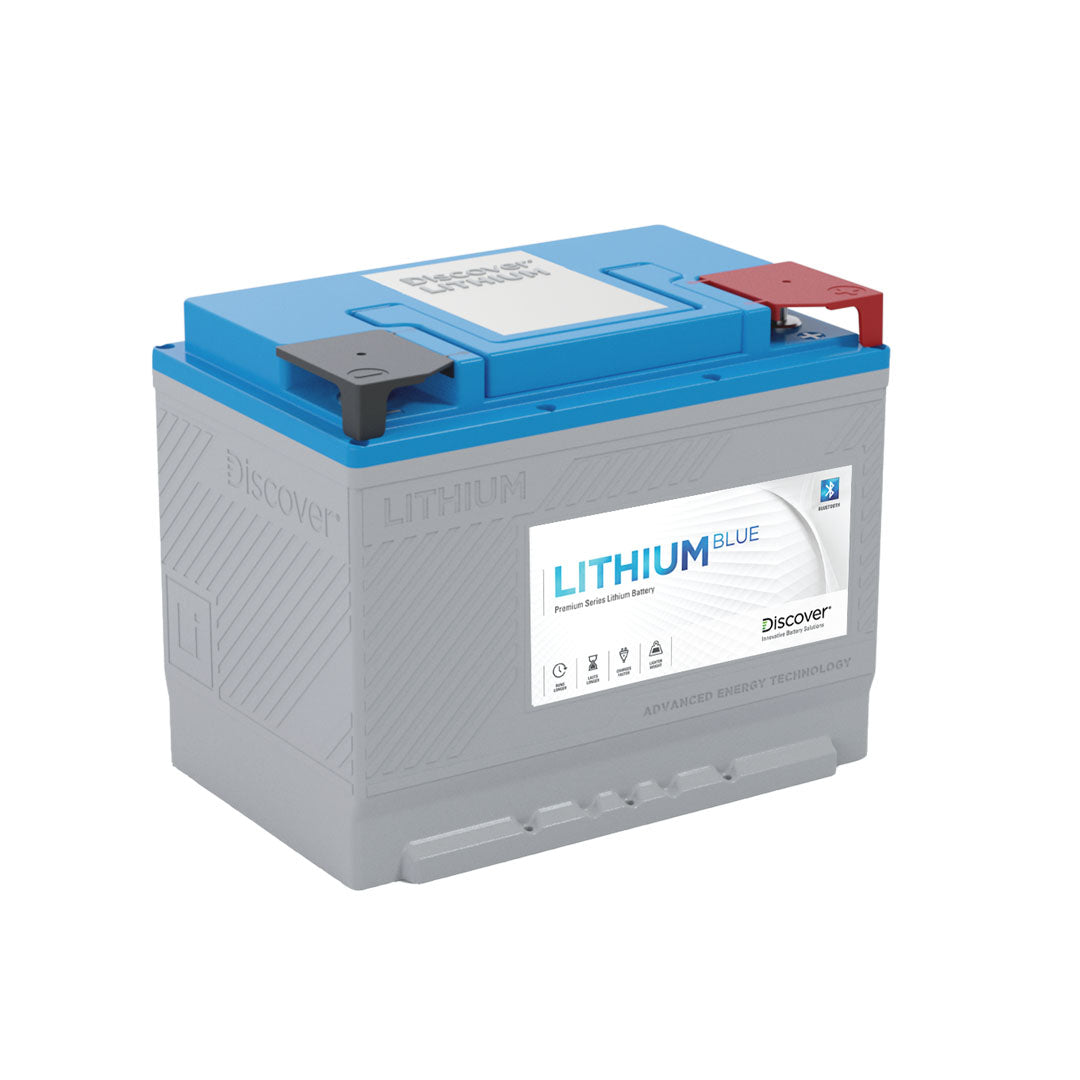California_Ocean
Problem with the lithium is that you will need a booster to charge it.
The alternator does not deliver the power consistently enough for a lithium battery.
You just need a booster and the battery. That’s all (exactly the same as every van in the world)…the Vw sistem will still show you the battery level (in volts) no problem. The only thing with that is volts are not really a good way to measure you’re lithium battery so you will need a Barrett with Bluetooth or shunt to know the real status of the battery
The alternator will deliver all the power it can, consistently, even if it is a smart alternator. It has to do with ohms law, V=IR ... the alternator will regulate to a set voltage, (which is not the optimum voltage for charging a Li battery) and the low internal resistance of an empty Li battery will cause massive amounts of current to be supplied by the alternator - which will cause an alternator to overheat and possibly burn out. With the engine at idle, there is insufficient cooling for the alternator to run at full load. Explained in this video:
Additional to limiting the load on the alternator, a DC-DC converter will charge the Li battery with the correct voltage and use a 3 stage charging algorithm - which will make your Li battery last longer.
















